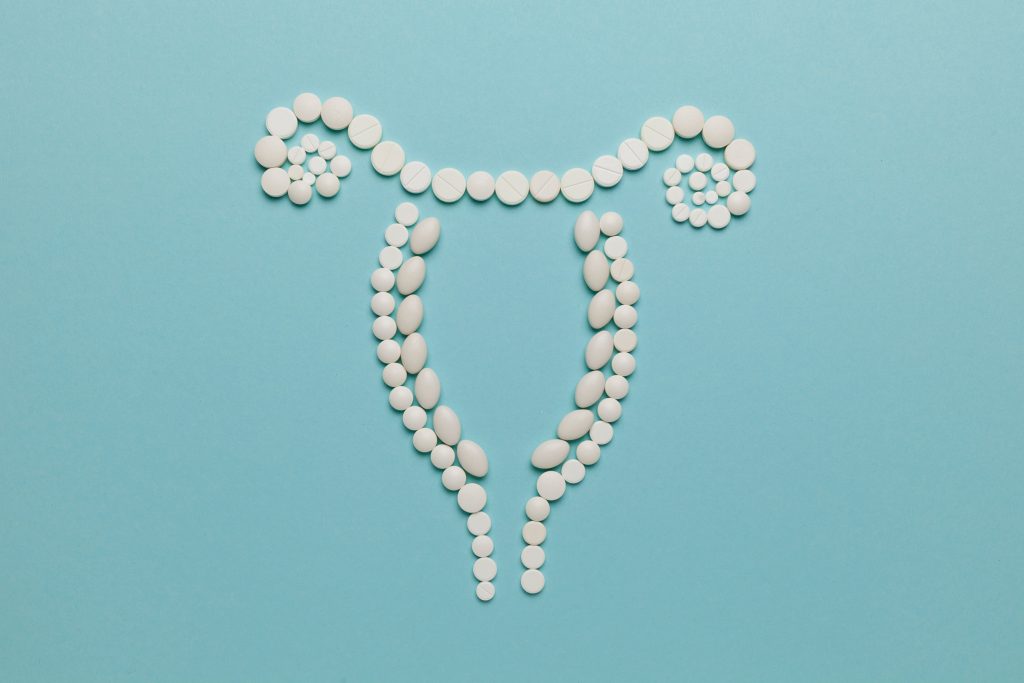A Closer Look at the Risk of Cancerous Fibroids
Posted By:

Dr. Michael Coyle, DO FACOOG, FPMRS

Uterine fibroids are relatively common in terms of issues that can affect the uterus. In fact, between 20 and 70 percent of women develop fibroids at some point in the reproductive years. However, discovering a growth in the uterus can always bring about concern. One of the biggest questions women tend to have is whether a fibroid tumor also means cancer. So, are uterine fibroids cancerous? Thankfully, fibroids rarely develop into cancer and are totally harmless roughly 99 percent of the time.
What Are Uterine Fibroids?
Uterine fibroids are non-cancerous (benign) growths that form on or inside the uterus. Fibroids are most common during the reproductive years, and they can range in size from tiny seedlings to bulky masses. The growths of fibrous connective tissue and smooth muscle cells are often referred to as fibroid tumors. Even though “tumor” is often assumed as cancerous, not all tumorous growths are cancer; many form from a collection of abnormal cells and are not associated with cancer at all.
Fibroids can be classified into certain types depending on where they develop. The four primary fibroid types and their locations include:
- Intramural fibroid – Develops in the muscular uterine wall
- Submucosal fibroid – Develops inside the uterus cavity
- Pedunculated fibroid – Develops on a thin stem outside or inside the uterus
- Subserosal fibroid – Develops on the outer uterine wall
Uterine fibroids almost never become cancerous, and fibroids are not thought to heighten the risks of cancer of the uterus. Nevertheless, even though rare, uterine fibroids can become cancerous.
Know your options and live the life you want.
Schedule an Appointment TodayA Look at Cancerous Fibroids
Fibroids are rarely cancerous. The instance of a fibroid being cancerous is so rare that fewer than 1 in 1,000 occur. When a fibroid is cancerous, this is referred to as leiomyosarcoma, which is a type of cancer that affects smooth muscles. Normally, this type of cancer doesn’t occur with a fibroid that already exists, and having uterine fibroids is not known to heighten the risk of eventually having a cancerous fibroid or developing other types of uterine cancer.
Uterine sarcoma (leiomyosarcoma) is especially rare, occurring at a rate of about 0.4 to 0.64 per 100,000 women. Nevertheless, researchers have uncovered a few factors that can mean a woman is more at risk, such as:
- Being older
- Being postmenopausal
- Having a subserosal fibroid
- Having a single fibroid
- Having a history of cancer elsewhere in the body
- Having a history of fibroids growing rapidly
Selecting the Right Fibroid Treatment
While the majority of fibroids are not cancerous, these uterine growths can cause undesirable symptoms. Fibroid treatment may be recommended even when the fibroid is totally benign. Common symptoms of fibroids include pelvic pain, heavy bleeding and reproductive interference.
The type of treatment recommended for fibroids can vary depending on your exact symptoms, the size of the tumor and the precise location of the growth. In most cases, diagnostic testing will be performed first to make a more accurate diagnosis and develop a treatment plan. Diagnostic testing may include ultrasounds, MRIs, CAT scans or sonohysterograms.
Some fibroids can be treated with hormone agonists like hormonal birth control to control hormone production and potentially reduce the size or deter further fibroid growth. Larger, more troublesome fibroids may have to be surgically removed.
At Coyle Institute, we offer a full range of diagnostic and treatment options for uterine fibroids. If you suspect you have a problematic fibroid, contact our office to schedule an appointment for an assessment and advice.
